When you think of Cambodia, what immediately comes to mind? We’ll help you out. For many Angkor Wat immediately springs into one’s head. Why? Well, there isn’t a structure in the world quite like it. It is massive, it is hundreds of years old and it represents the great and grand Khmer Empire, one of the world’s greatest civilizations. But Angkor Wat is just one temple out of many in the area. In fact, Angkor Archeological Park, a UNESCO Heritage Site, is nothing more than a ruin temple paradise. If you’re looking to absorb history, view ancient structures and warm yourself up to Cambodian history, you’ve come to the right place. We’ll give you the lowdown on the temples you should be visiting.
Angkor Wat:
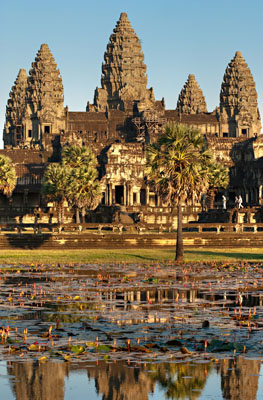 This is a no-brainer. Angkor Wat is the site’s main attraction. It is perhaps one of the, if not, the largest religious building in the world. But it is more than just a temple. It reflects classic Khmer architecture, incorporating elements of the Hindu temple mountain design (representing Mount Meru), depictions of South Indian architecture, its extensive bas-reliefs carvings and for the guardian spirits adorning the walls. To maximize your viewing experience, we suggest watching the sunrise over the structure. If that is not your cup of tea, then a 1 or 2 pm viewing comes next. A sunset viewing also works too.
This is a no-brainer. Angkor Wat is the site’s main attraction. It is perhaps one of the, if not, the largest religious building in the world. But it is more than just a temple. It reflects classic Khmer architecture, incorporating elements of the Hindu temple mountain design (representing Mount Meru), depictions of South Indian architecture, its extensive bas-reliefs carvings and for the guardian spirits adorning the walls. To maximize your viewing experience, we suggest watching the sunrise over the structure. If that is not your cup of tea, then a 1 or 2 pm viewing comes next. A sunset viewing also works too.
Ta Keo:
What if a temple is incomplete? What would it look like? Enter Ta Keo. The structure’s exterior lacks designs and carvings, unlike many of its counterparts in Angkor. This is also what a Cambodian step pyramid structure would like.
Ta Phrom:
Ever wonder what an explorer re-discovering a lost ancient temple would feel like when he comes across it for the first time? Perhaps Ta Phrom comes closest to replicating that feeling. Any Lara Croft or Indian Jones would be impressed by this. Figs, trees, forests; they’ve all reclaimed the temple and have practically covered it in nature. This gives it the mystical nature the temple is renowned for. And it is quite photogenic too.
Terrace of the Elephants:
Stand at the site where the once great Khemr King watched his returning army after a victorious escapade. The site is so called because of the elephant carvings on its eastern side.
Terrace of the Leper King:
It is certainly interesting to discover the names of certain places. That certainly rings true here. The naming of the site is from a 15th century statue depicting the Hindu god Yama. Discoloration and the growing of moss on the statue’s limbs looked like a person suffering leprosy. Plus, the site is connected to a legend about an Angkorian king who also suffered from the disease.
Preah Khan:
Not in the spotlight as much when compared to Ta Phrom, but it is quite similar – the temple has been left largely unrestored. Some may see it in a state of disrepair even. But that shouldn’t steer you away from it. In fact, the site boasts a low visitor count, which should give you the freedom to wander around and admire the excellent stone carvings and almost eerily quiet ambiance.
Bayon:
Bayon; what is it known for? Perhaps you’ve seen those pictures of giant, half smiling stone faces. This is where they are. In fact, there are 216 of them, contained in 54 towers and carved on each side. Who is this guy? Or perhaps it is two guys in one? Some say it is a combination of King Jayavarman VII and Buddha. Also inside are two impressive sets of bas-reliefs. Whatever the case, step into an impressive Angkor temple built solely with Buddhism in mind.
Roluos Group:
Just a little more than 10 kilometers east of Siem Reap are the Roluos temples. It is not quite an Angkorian temple mainly because it predates them. There are three temples of interest here: Bakong (a five terraced pyramid mountain teple structure), Lolei (an island temple) and Preah Ko (the first of the group to be built).
Kbal Spean:
Not quite a temple, but more of a hybrid archaeological/nature site. Here, the carvings are embedded into sandstone formations in the river bed and banks. Also in the premise is a small yet attractive and refreshing waterfall. Be careful. Because of the wet nature of the site, you may find the floor slippery.
Banteay Srey:
Size sometimes doesn’t matter. Banteay Srey may be one of the smallest temples you’ll see on the tour, but that might not mean anything because this is also one of the most unique. It is built of red sandstone, giving it a distinctive red/pink hue. This also makes the bas reliefs and carving more intricate. You may want to reserve this temple for later, as it is some 25 or so kilometers away from the main group in Angkor.
Believe it or not, these are just some of the many other temples that exisit within Angkor Archeological Park. Now you can see why a visit here can be quite complex. Where to go? What to see? This quick guide should give you an idea about the temples in and even around Angkor.
If temples are your thing and Siem Reap is the place you want to go, then our Angkor Discovery tour is the program for you. We also have a saying here, that Cambodia is more than just about temples. Take a look at our tours here and be inspired to discover a varied country filled with fascinating people, history, natural landscapes and beaches.



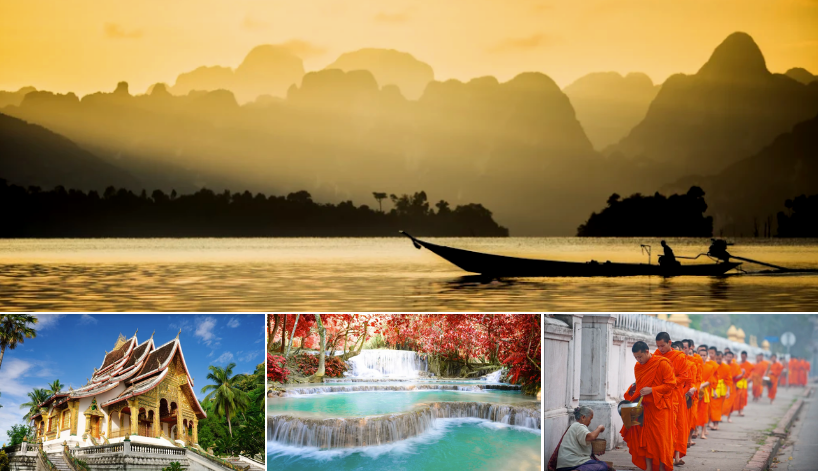 " alt="">
" alt=""> 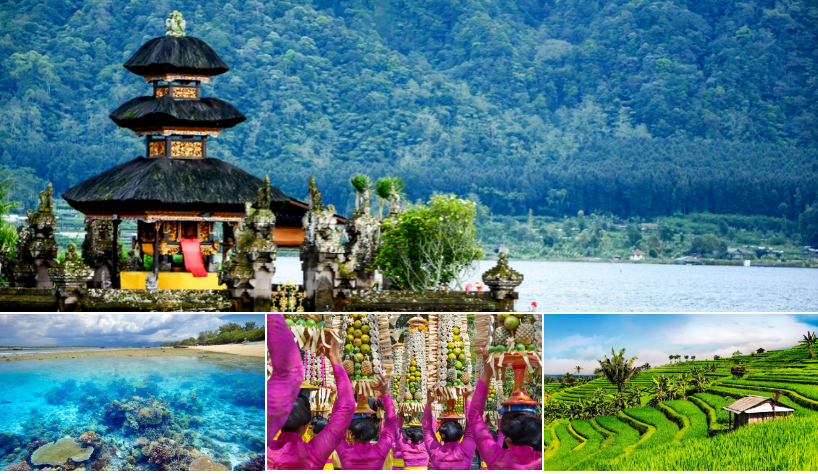 " alt="">
" alt=""> 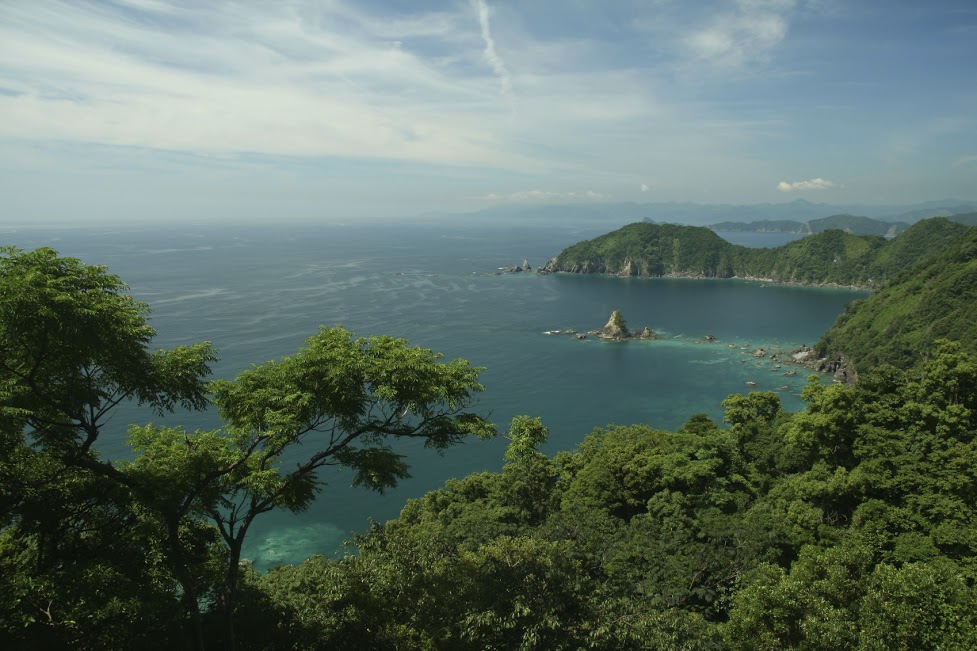 " alt="">
" alt=""> 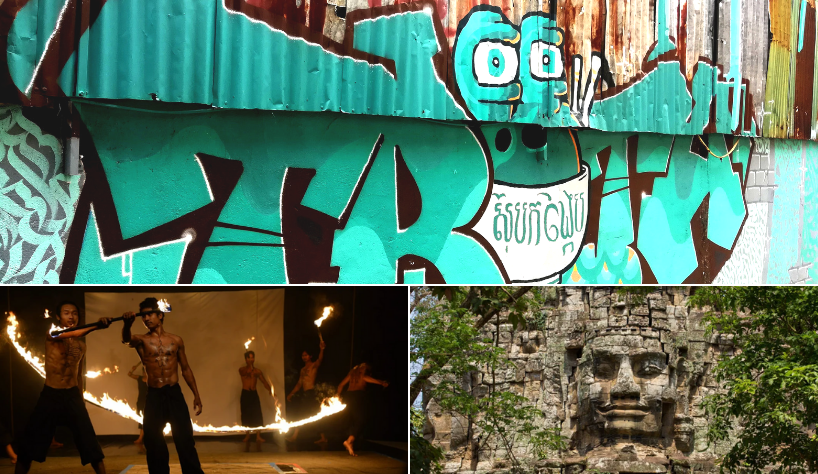 " alt="">
" alt="">  " alt="">
" alt=""> 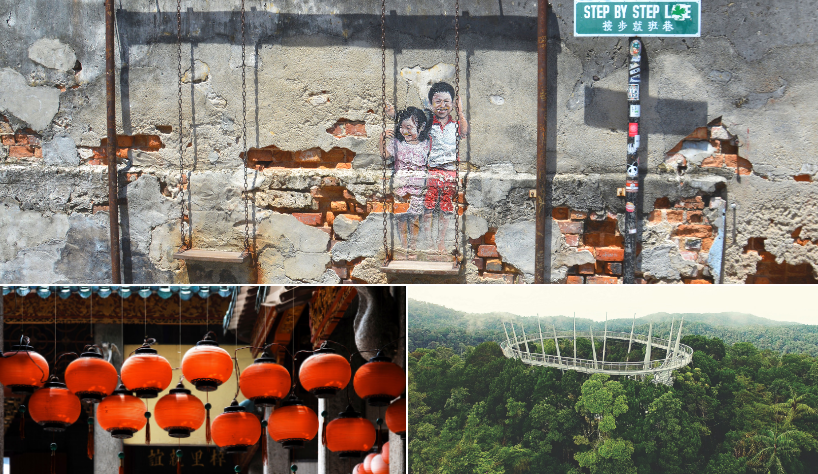 " alt="">
" alt="">  " alt="">
" alt=""> 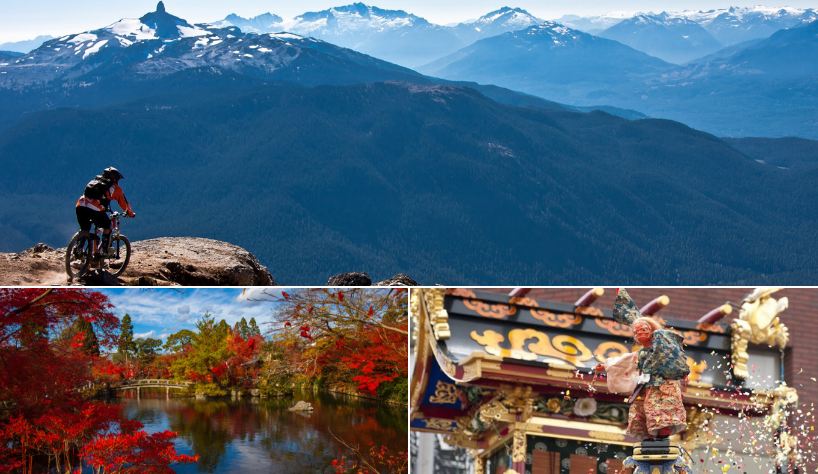 " alt="">
" alt=""> 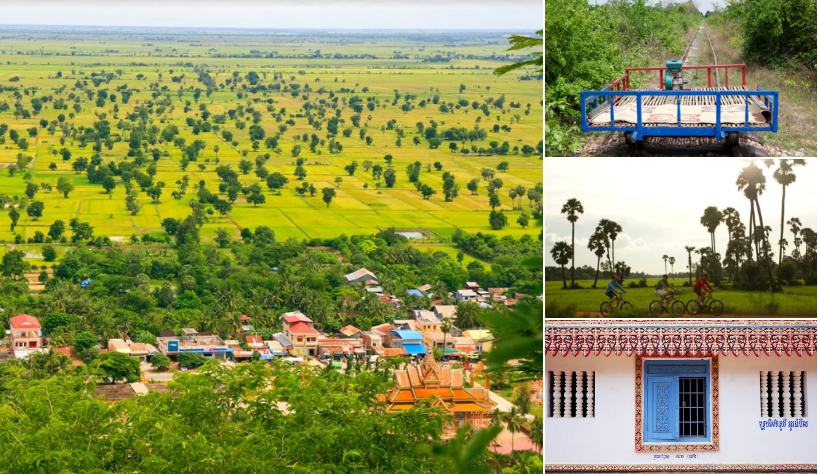 " alt="">
" alt=""> 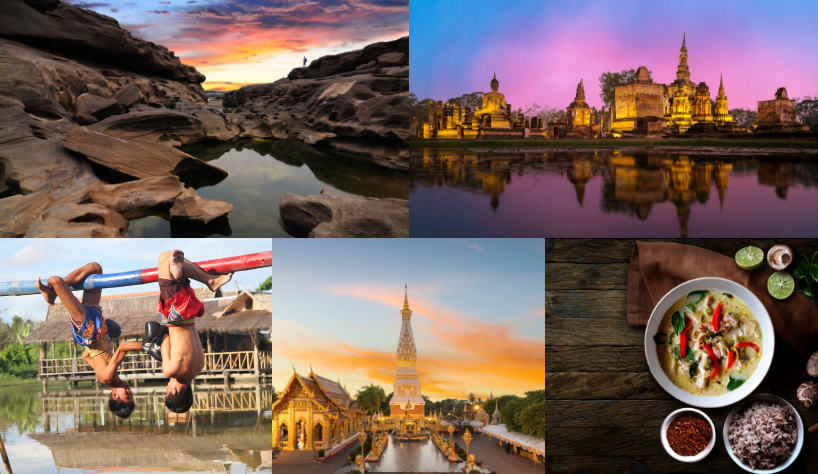 " alt="">
" alt=""> 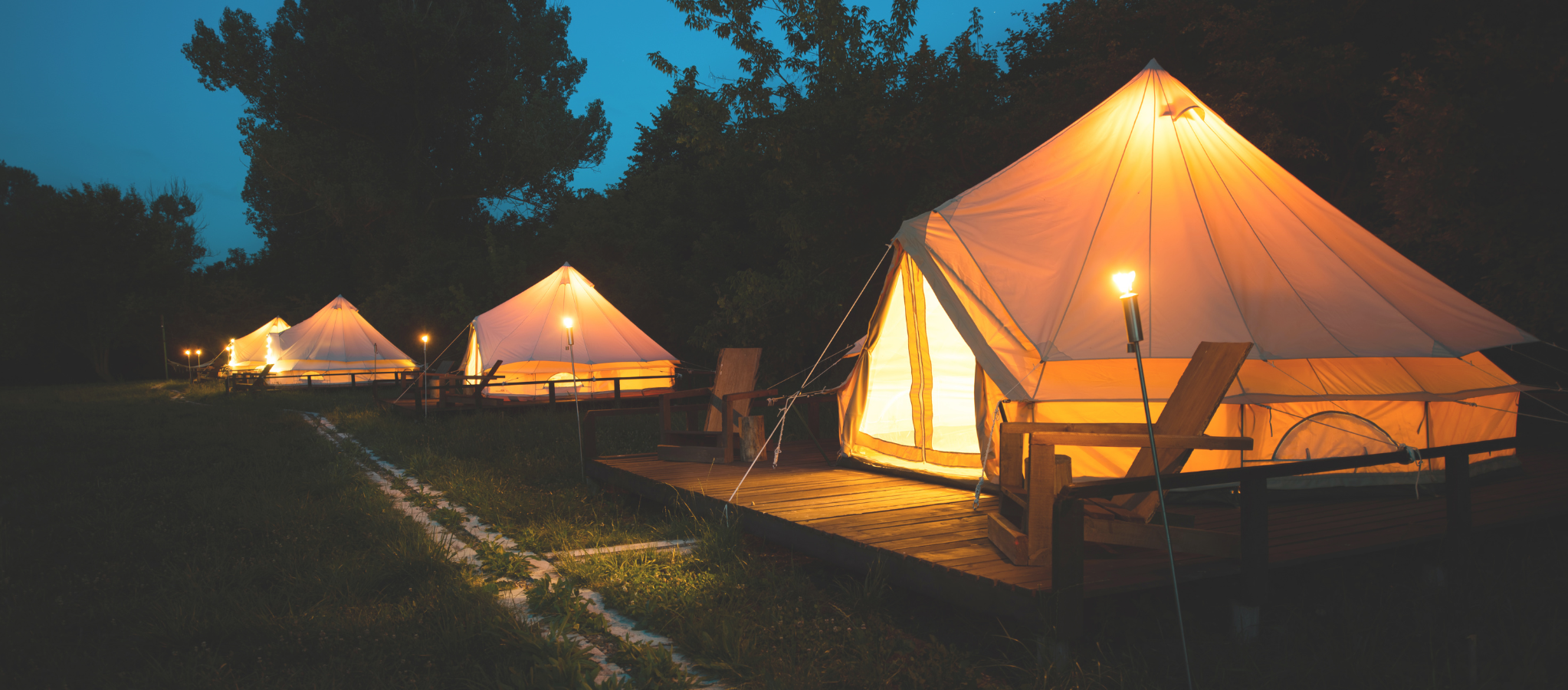 " alt="">
" alt=""> 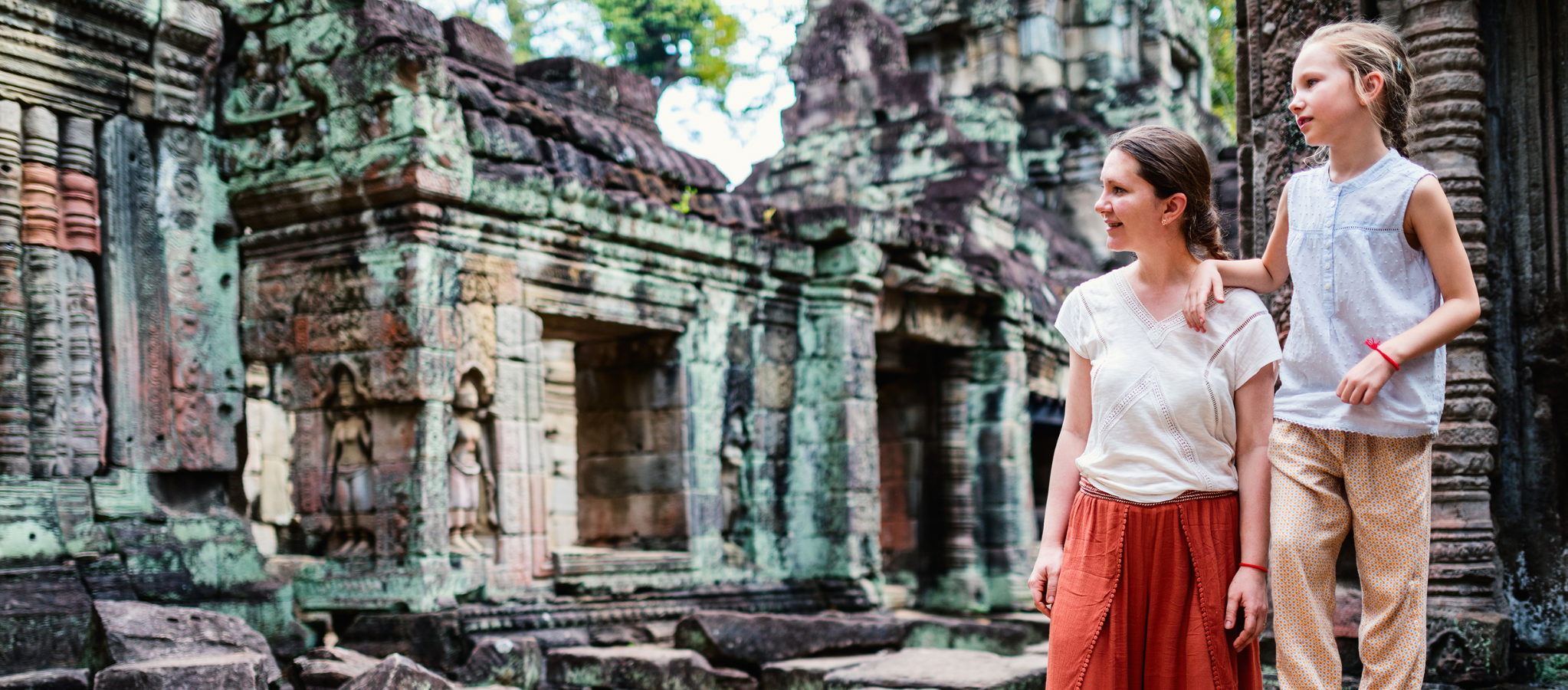 " alt="">
" alt=""> 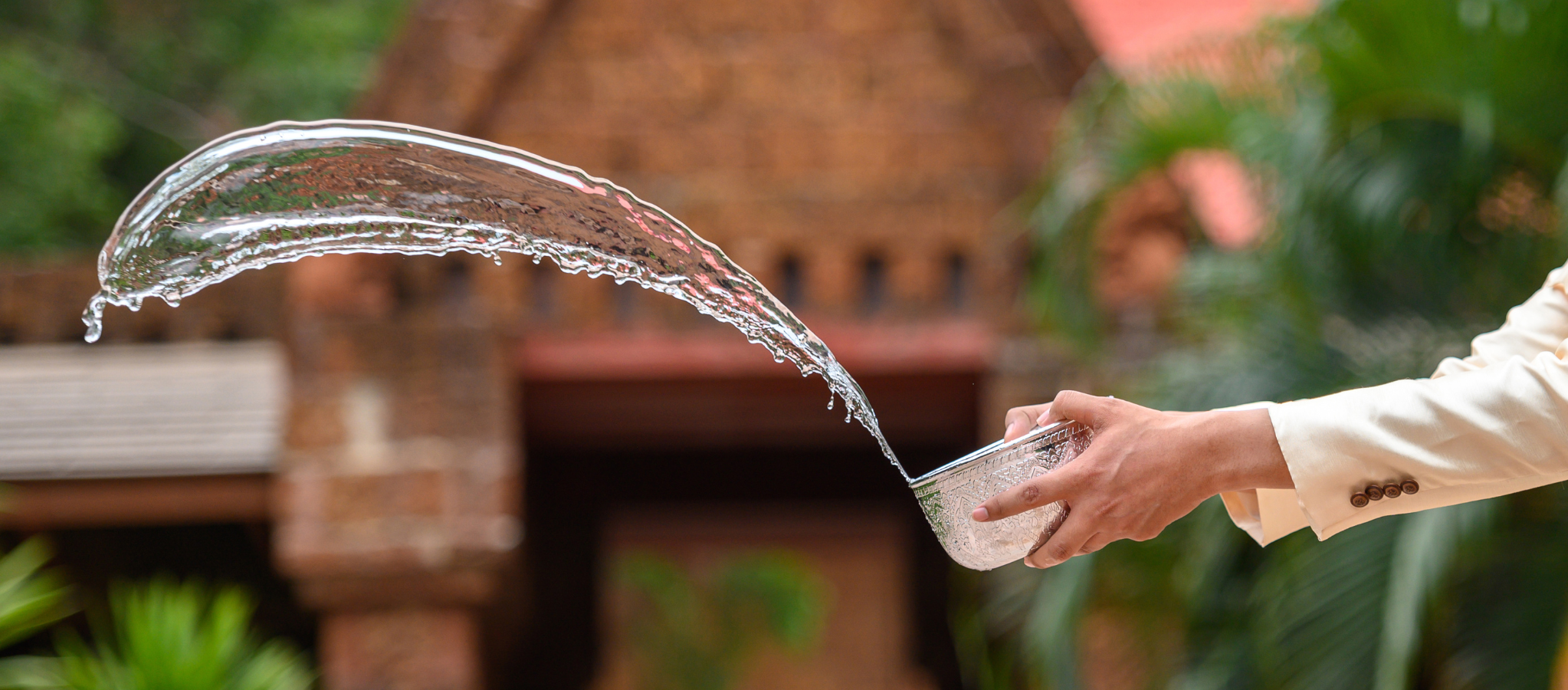 " alt="">
" alt="">  " alt="">
" alt=""> 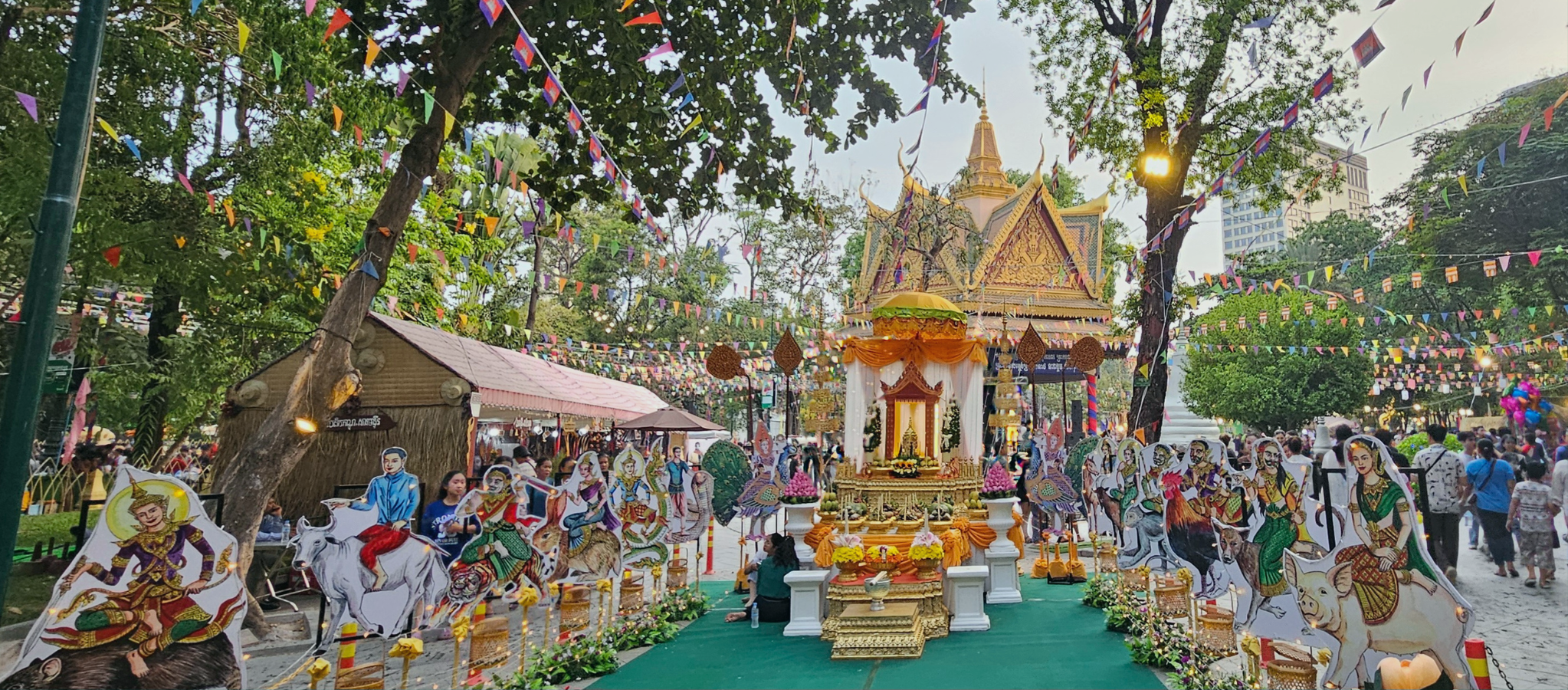 " alt="">
" alt=""> 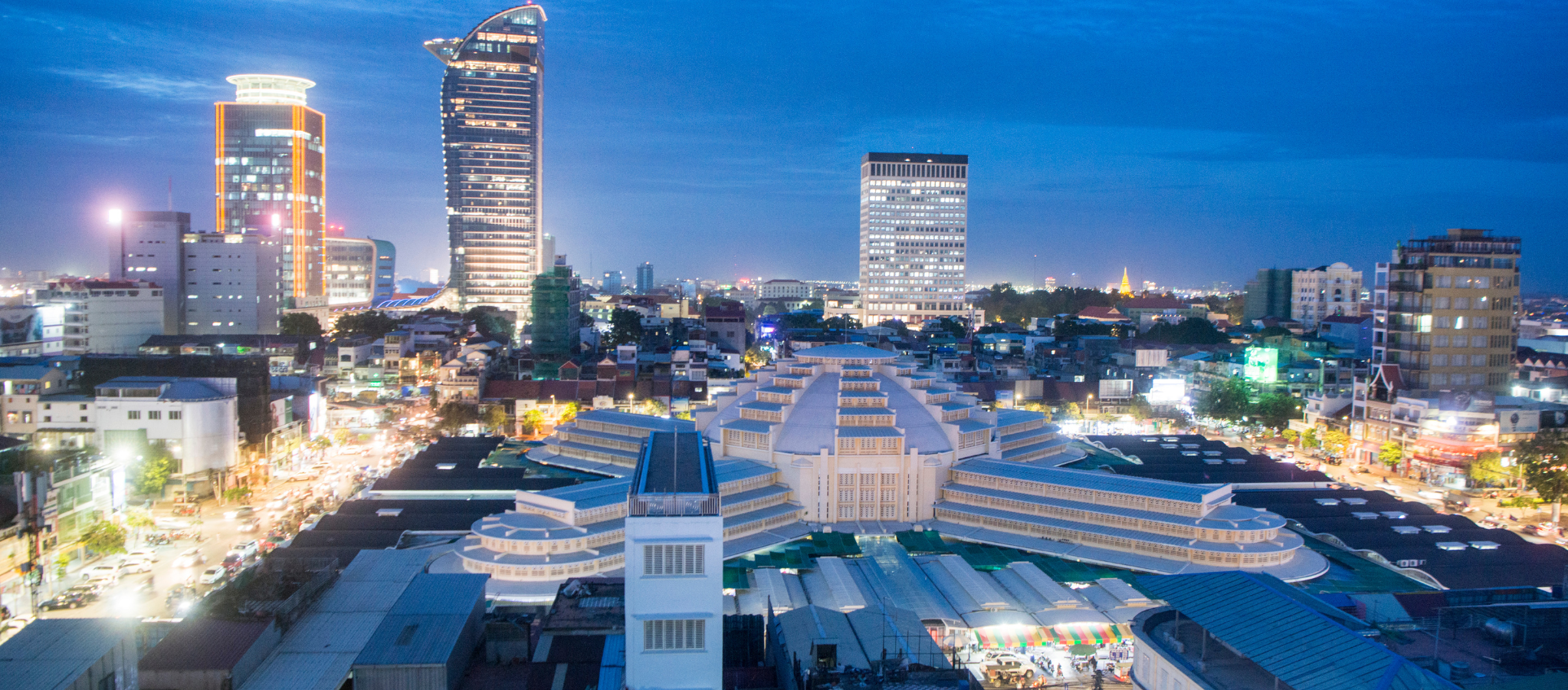 " alt="">
" alt=""> 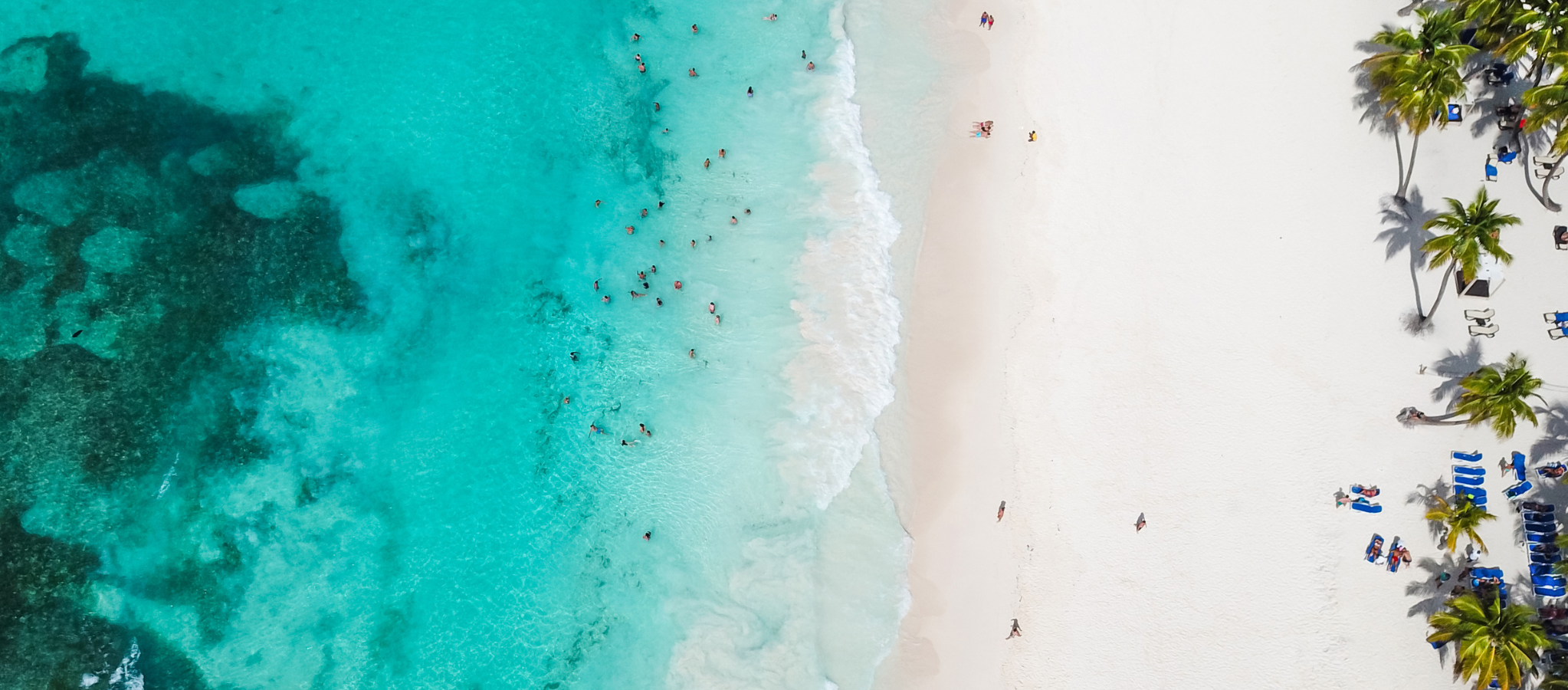 " alt="">
" alt=""> 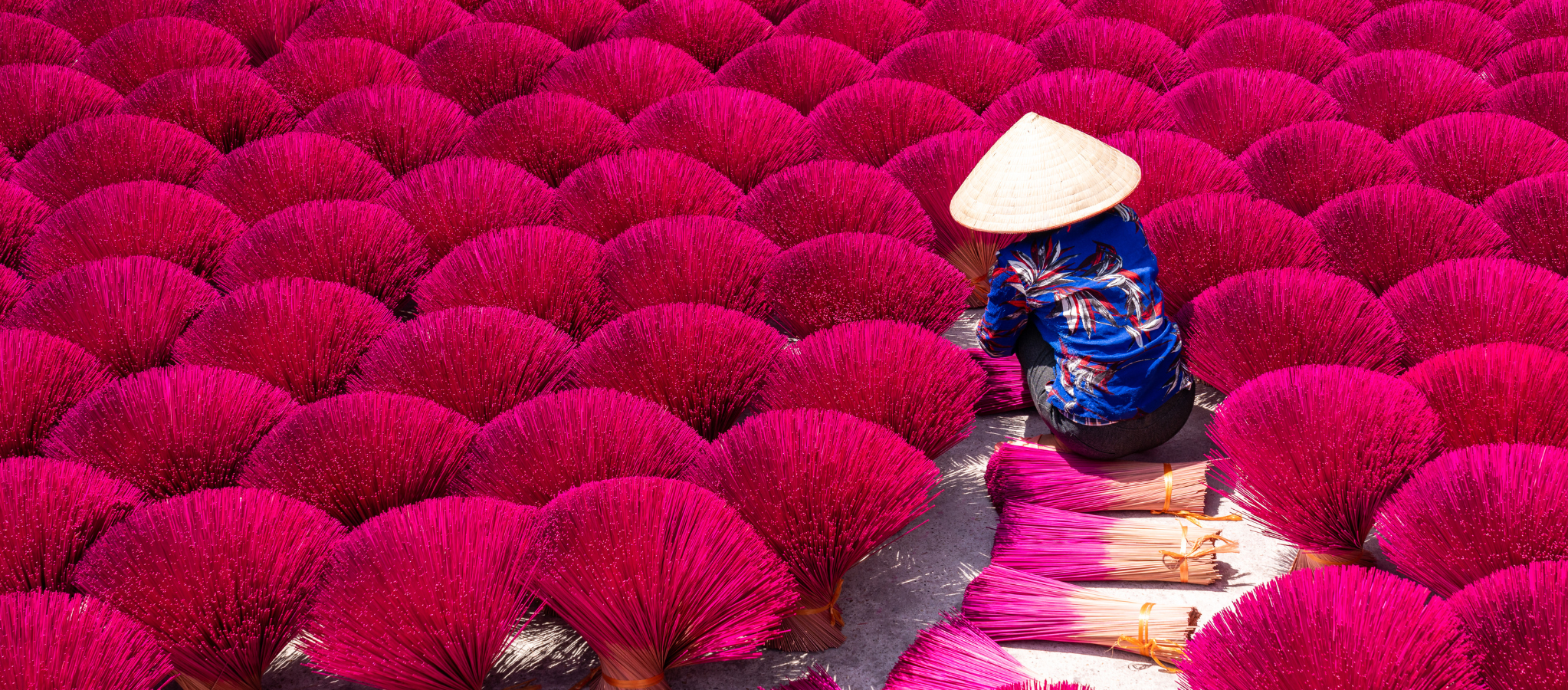 " alt="">
" alt=""> 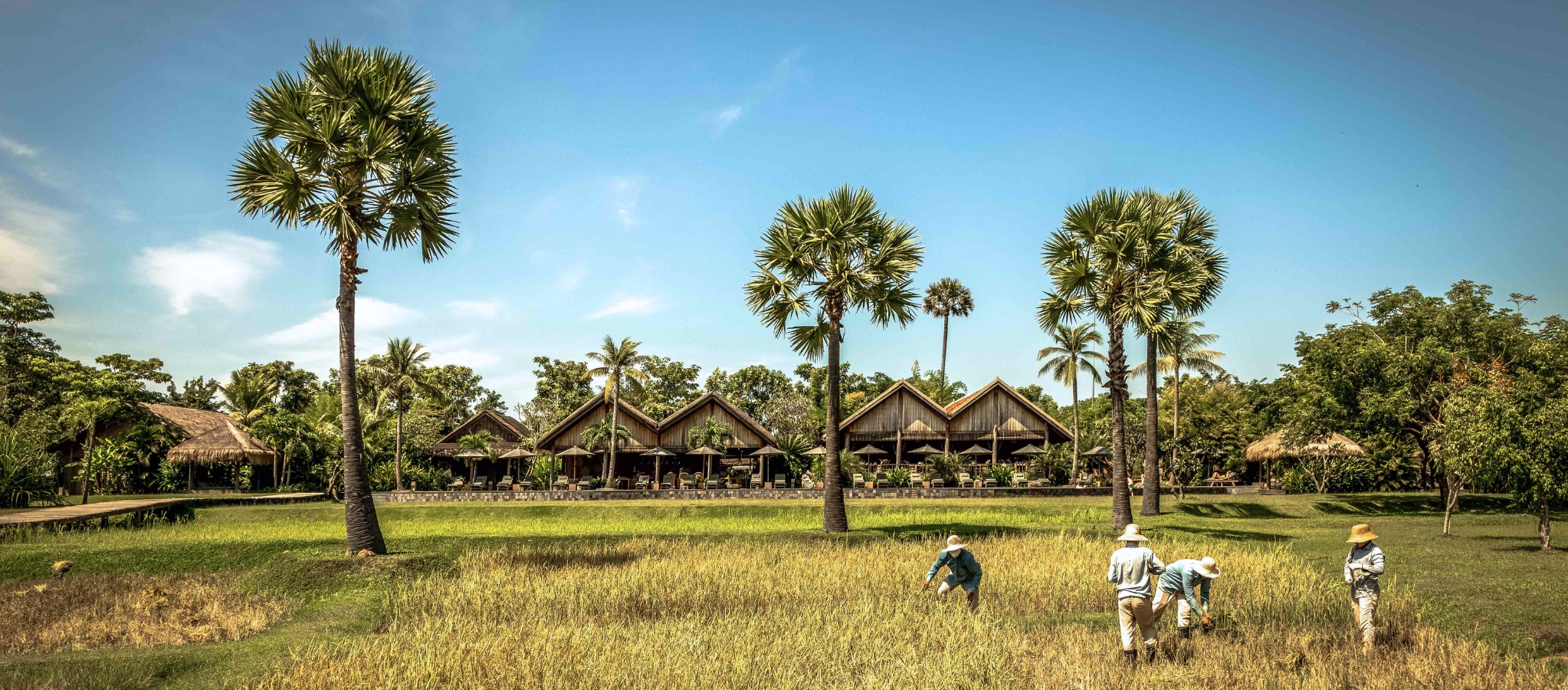 " alt="">
" alt=""> 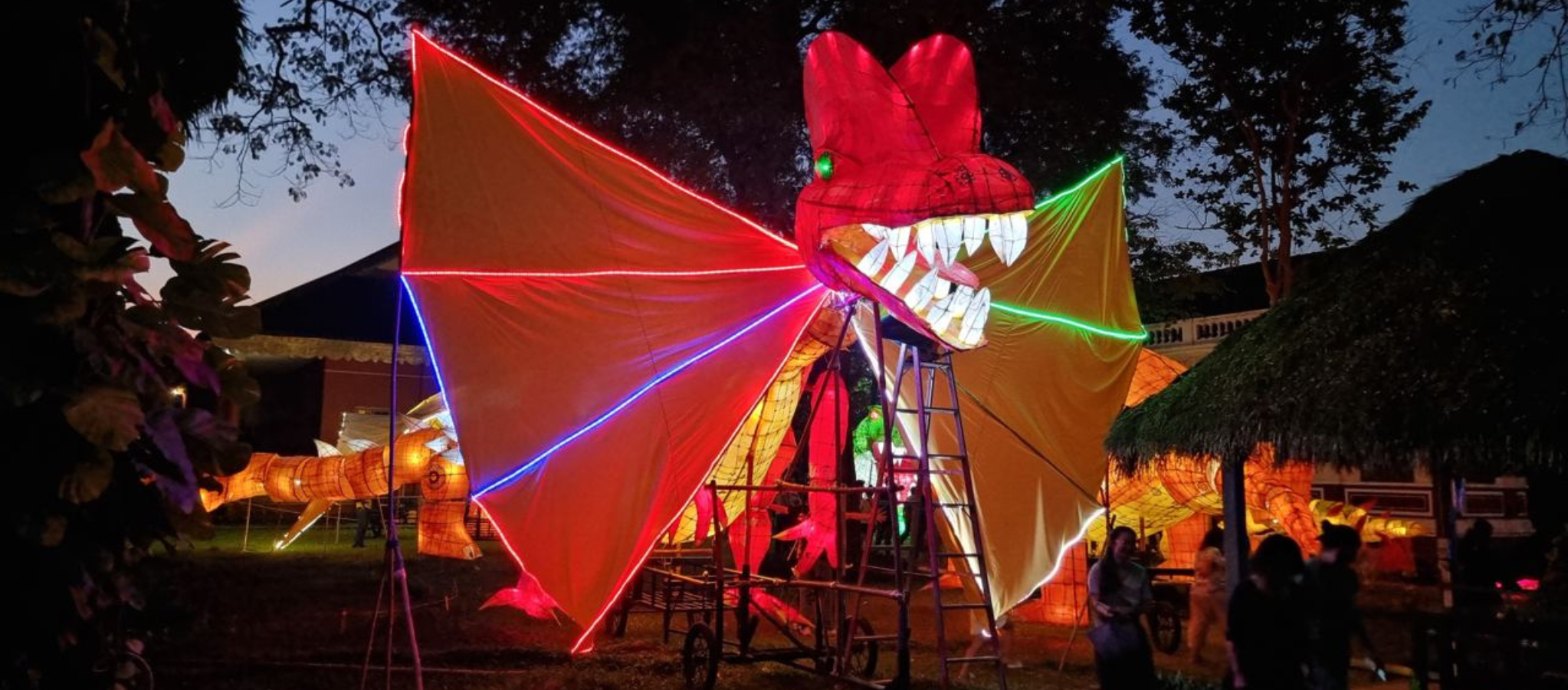 " alt="">
" alt="">